The American State Papers
In today’s blog post we’ll look at the American State Papers (Papers). This collection consists of 38 physical volumes containing legislative and executive documents of Congress from 1789-1838. They include papers that cover the critical historical gap in the preservation of federal documents from the first presidency in 1789 to the printing of the first volume of the US Serial Set in 1817. The Serial Set picks up where the Papers leaves off and continues to this day. Luckily for genealogists, these historical document sets are freely available on the Library of Congress web site A Century of Lawmaking For a New Nation: U.S. Congressional Documents and Debates, 1774-1873. Among the many items are the American State Papers (1789-1838) and the U.S. Serial Set (1817-1873). For more information, read this great article, “Those Elusive Early Americans: Public Lands and Claims in the American State Papers, 1789-1837.” The American State Papers...



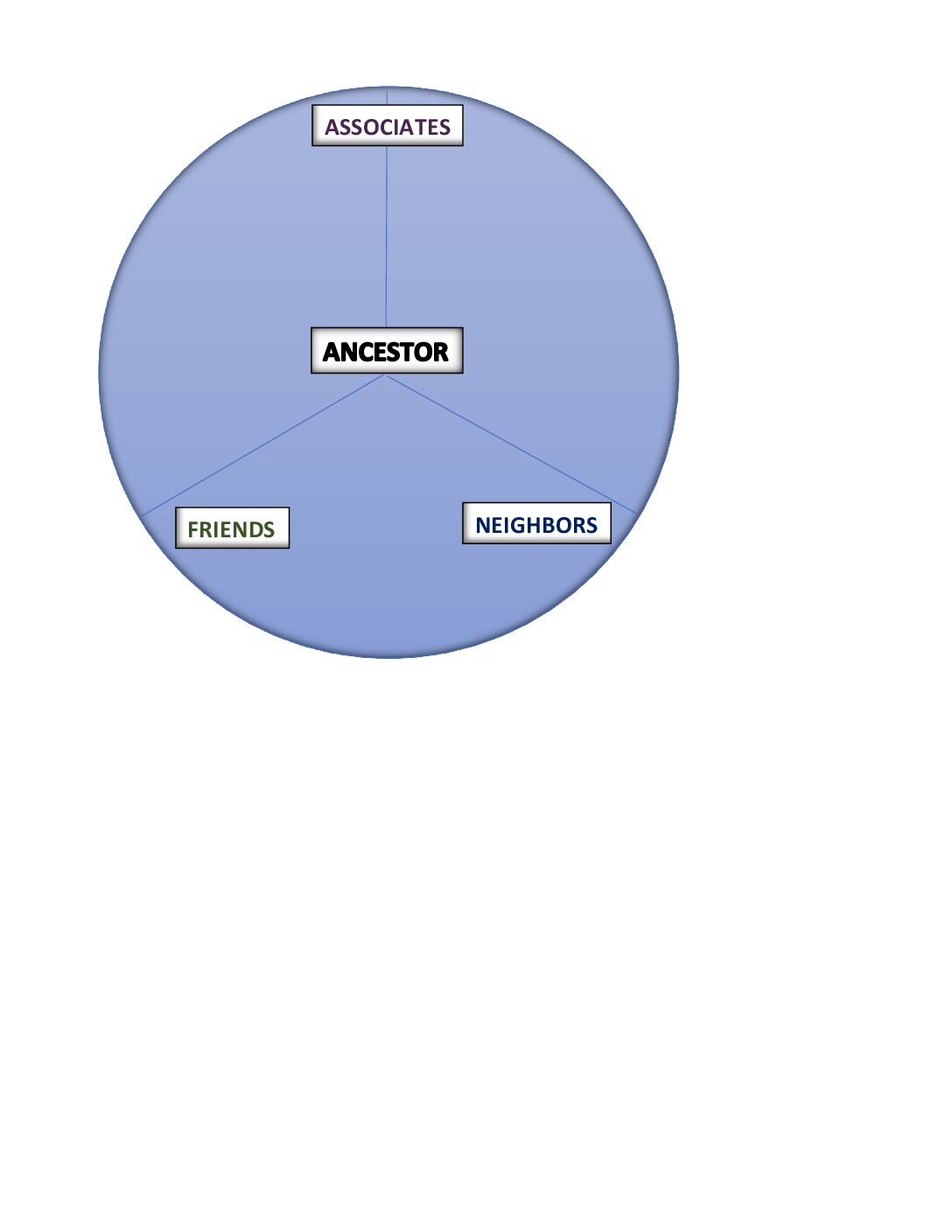
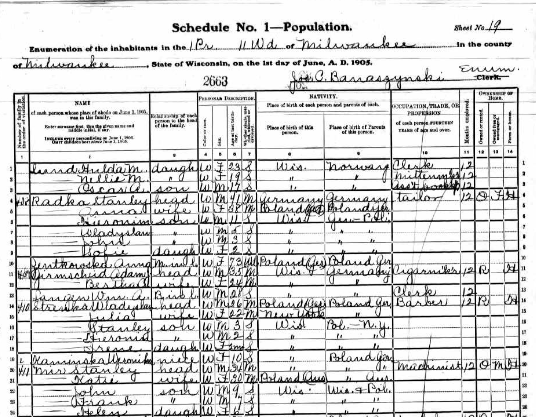
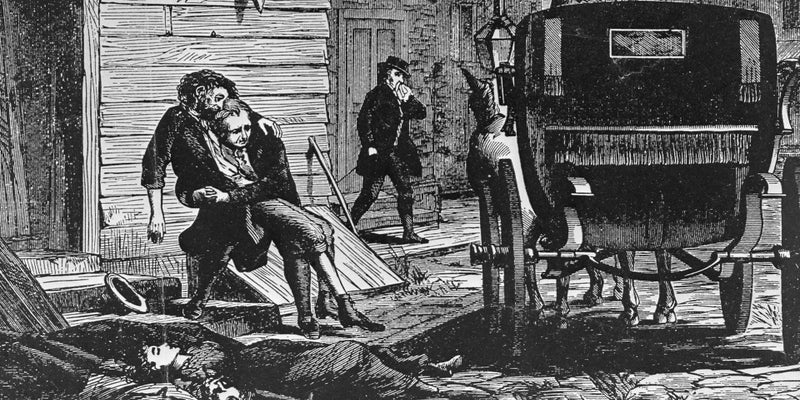
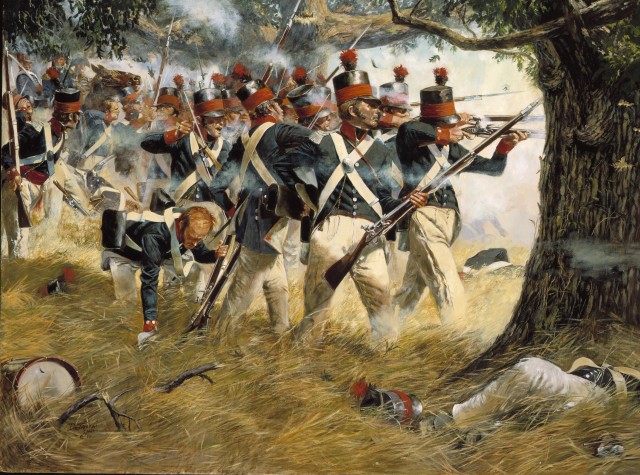

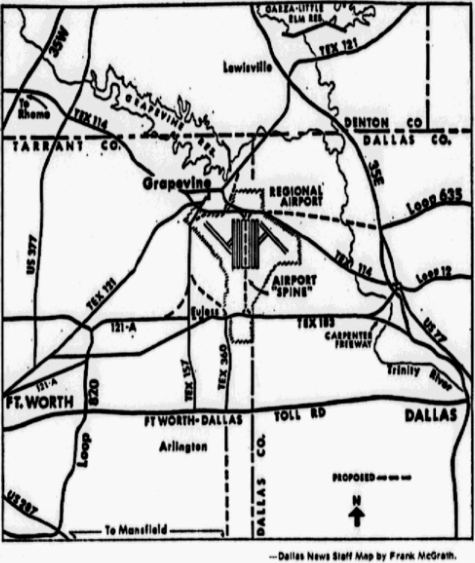

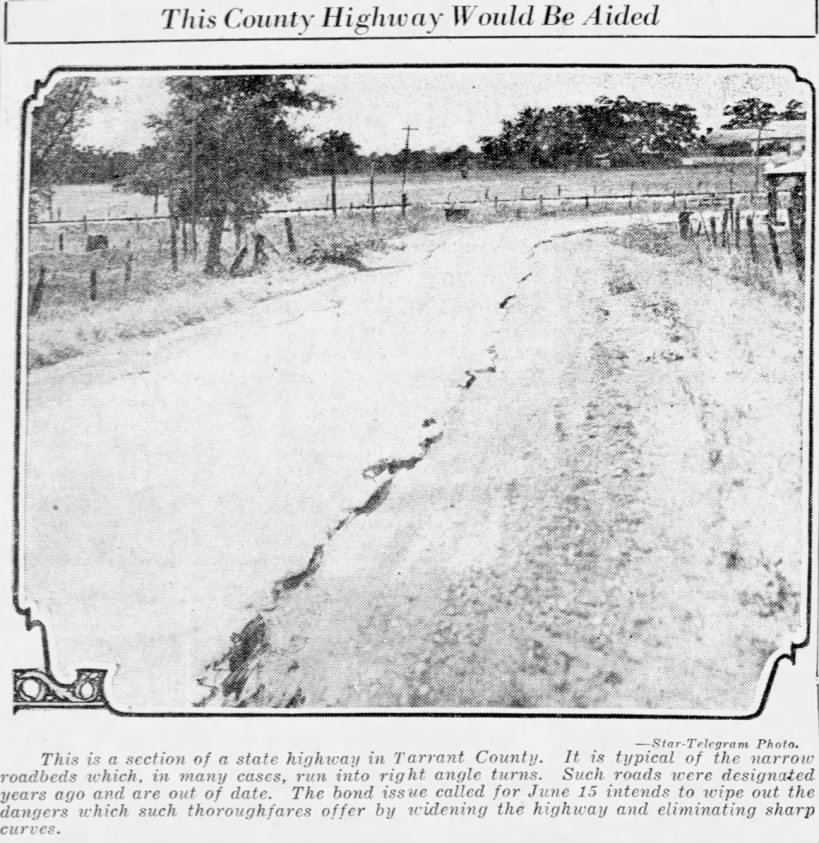

Recent Comments